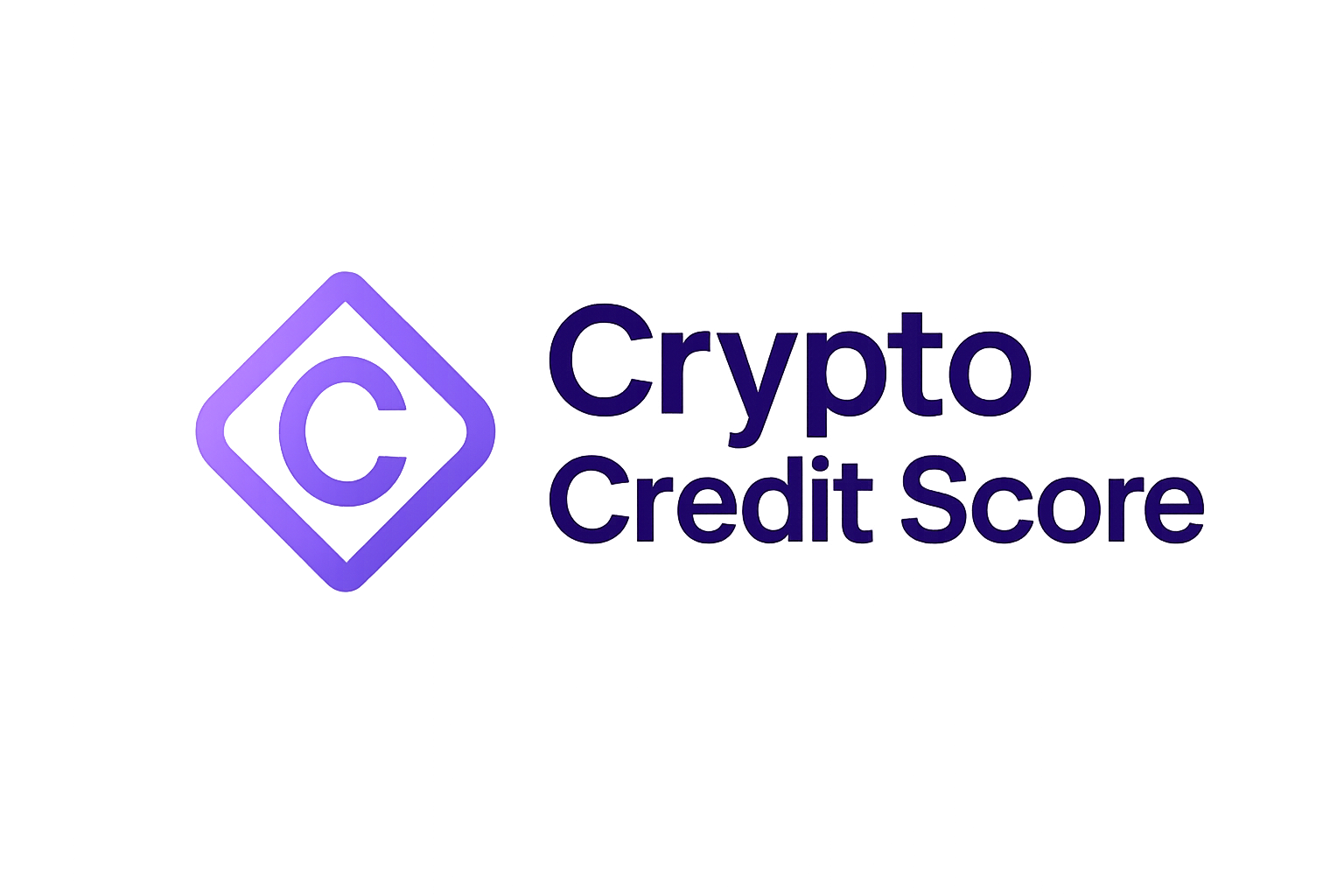
Decentralized finance (DeFi) lending has historically relied on blunt risk controls like over-collateralization, locking up capital and excluding many potential borrowers. In 2025, the emergence of on-chain credit scores is fundamentally shifting this paradigm. By leveraging transparent blockchain data, these scores enable protocols to assess borrower risk in real time and offer more tailored loan terms. The result: improved capital efficiency, dynamic risk management, and a pathway toward true financial inclusion within the decentralized ecosystem.

From Over-Collateralization to Data-Driven Creditworthiness
The default model for DeFi lending has been simple but restrictive: require borrowers to lock up assets worth 150% or more of their desired loan. This approach minimizes lender loss in the event of default but is capital-inefficient and often inaccessible for users without substantial crypto holdings. It also fails to distinguish between high- and low-risk borrowers, treating everyone as equally risky due to the lack of reliable identity or credit history on-chain.
On-chain credit scoring systems disrupt this model by analyzing wallet activity, transaction patterns, asset diversity, protocol interactions, and even repayment histories directly from the blockchain. Platforms such as Credora, Creditlink, and RociFi are integrating these analytics into lending workflows. Borrowers with robust on-chain reputations can now access loans with lower collateral requirements or even unsecured terms, something previously unthinkable in DeFi.
How On-Chain Credit Scores Work in Practice
The process begins with aggregating a user’s public blockchain activity: wallet age, transaction frequency, DeFi protocol engagement (such as lending/borrowing history), liquidity provision records, and smart contract interactions. Advanced algorithms, often powered by AI, analyze these data points to generate a probabilistic credit score for each wallet address.
This score is then referenced by lending protocols at origination:
- Dynamic Interest Rates: Higher scores unlock more favorable rates for responsible borrowers.
- Reduced Collateralization: Lenders can safely lower collateral demands for users with proven positive behavior.
- Unsecured Lending: As models mature and repayment data accumulates, unsecured loans become viable for top-tier on-chain profiles.
This marks a significant departure from one-size-fits-all risk controls toward data-driven risk stratification. Lenders gain access to richer information when evaluating loan applications; borrowers benefit from fairer access and reduced friction.
Pioneers of Decentralized Credit Assessment
The competitive landscape is rapidly evolving as platforms race to refine their scoring methodologies:
- Credora: Delivers real-time credit assessments that plug directly into partner protocols’ underwriting engines. Their system enhances transparency while enabling lenders to optimize risk-adjusted returns.
- Creditlink: Uses AI-driven modules to analyze borrower behavior across multiple chains; issues credit NFTs that integrate with DAOs and governance frameworks for composable reputation management.
- RociFi: Specializes in under-collateralized lending using proprietary on-chain scores; already operational with partners like Fraxlend and demonstrating high repayment rates among scored users.
Together, these innovators are laying the groundwork for a decentralized credit bureau model, a shared infrastructure where trust is established through verifiable blockchain activity rather than opaque off-chain processes. For a deeper dive into practical use cases and integration pathways, see our coverage at How On-Chain Credit Scores Enable Undercollateralized Lending in DeFi.
One of the most compelling advantages of on-chain credit scores is their ability to unlock financial inclusion for users historically excluded from traditional finance. Wallets without a legacy credit history can now build reputational capital by demonstrating responsible protocol engagement, timely repayments, and diversified asset management. This opens up lending opportunities for a global user base, including those in underbanked regions or with limited access to conventional credit systems.
The transparency of blockchain data also addresses longstanding challenges in DeFi lending risk management. Lenders can independently verify a borrower’s track record, reducing reliance on centralized intermediaries and mitigating the risk of hidden liabilities. At the same time, advanced privacy-preserving techniques, such as zero-knowledge proofs, are being developed to ensure that sensitive financial data remains confidential while still providing credible risk assessments.
Challenges and Considerations in On-Chain Credit Adoption
Despite these advancements, several technical and operational hurdles remain. Algorithmic accuracy is paramount: scoring models must be rigorously tested to avoid false positives that could expose lenders to default risk or unfairly penalize legitimate borrowers. Additionally, protocols must guard against manipulation, such as sybil attacks or coordinated wash trading, that could artificially inflate an address’s score.
User privacy is another critical concern. While on-chain analytics offer transparency, they can inadvertently reveal sensitive behavioral patterns if not properly safeguarded. The integration of privacy-enhancing cryptography will be essential for mainstream adoption and regulatory compliance.
Finally, achieving interoperability across DeFi platforms is vital for network effects. As more protocols adopt standardized scoring frameworks or participate in decentralized credit bureaus, the reliability and portability of blockchain credit assessments will increase, further reducing systemic risk across the ecosystem.
The Road Ahead: A New Era for DeFi Lending Risk Management
The shift from monolithic risk controls to granular blockchain credit assessment signals a new era for DeFi lending platforms. As on-chain credit scores mature, expect to see:
- Widespread adoption of dynamic loan terms: Protocols will routinely adjust interest rates and collateral requirements based on real-time wallet reputations.
- Growth in under-collateralized and unsecured loans: Proven borrowers will gain access to capital with minimal friction, fueling innovation and liquidity throughout DeFi markets.
- Ecosystem-wide collaboration: Decentralized credit bureaus will facilitate shared intelligence while maintaining user sovereignty over financial data.
Top Benefits of On-Chain Credit Scores in DeFi Lending
-
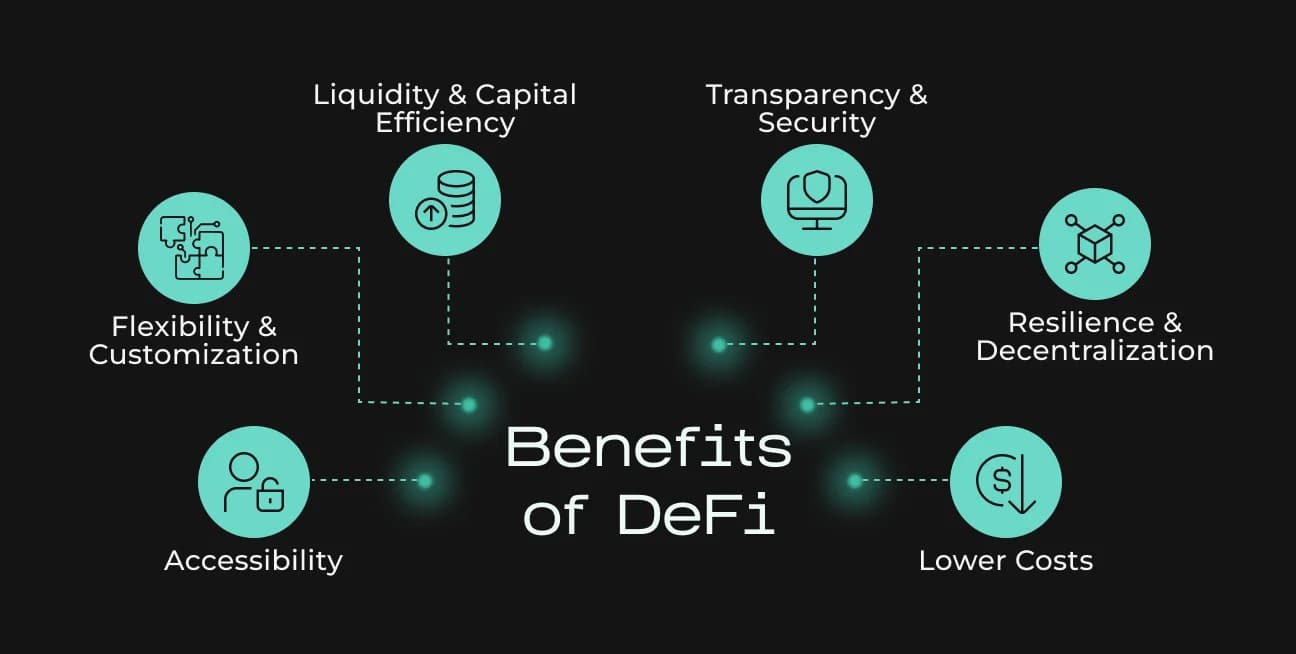
Enhanced Capital Efficiency: On-chain credit scores enable lower collateral requirements for trustworthy borrowers, allowing both lenders and borrowers to utilize capital more effectively and unlock greater liquidity across DeFi markets.
-

Improved Risk Management: Lenders gain access to real-time, transparent credit assessments based on blockchain activity, leading to more accurate risk evaluation and optimized risk-adjusted returns.
-
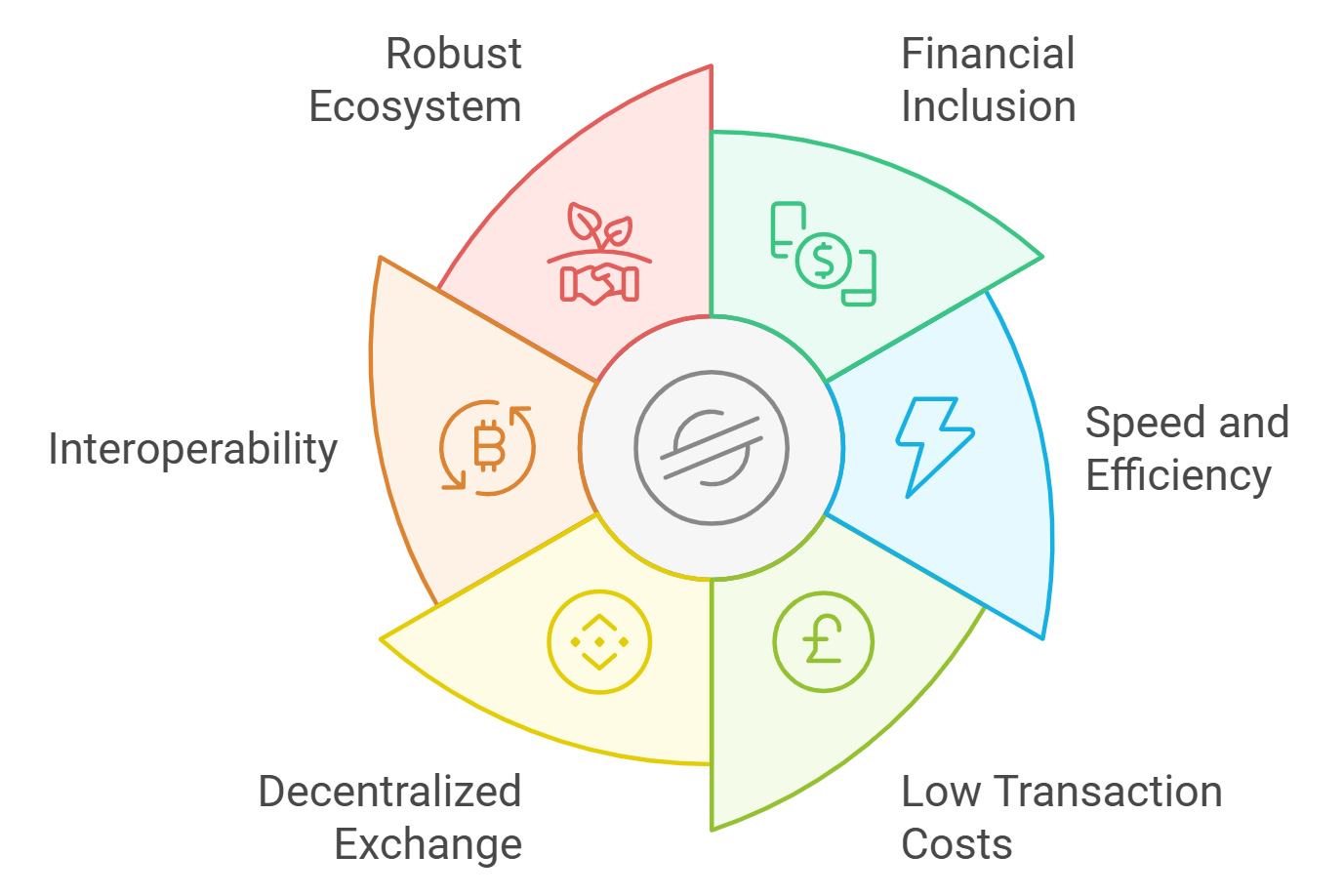
Financial Inclusion: Individuals without traditional credit histories can build a credit reputation through on-chain activity, expanding access to loans and financial services for the underbanked and unbanked.
-
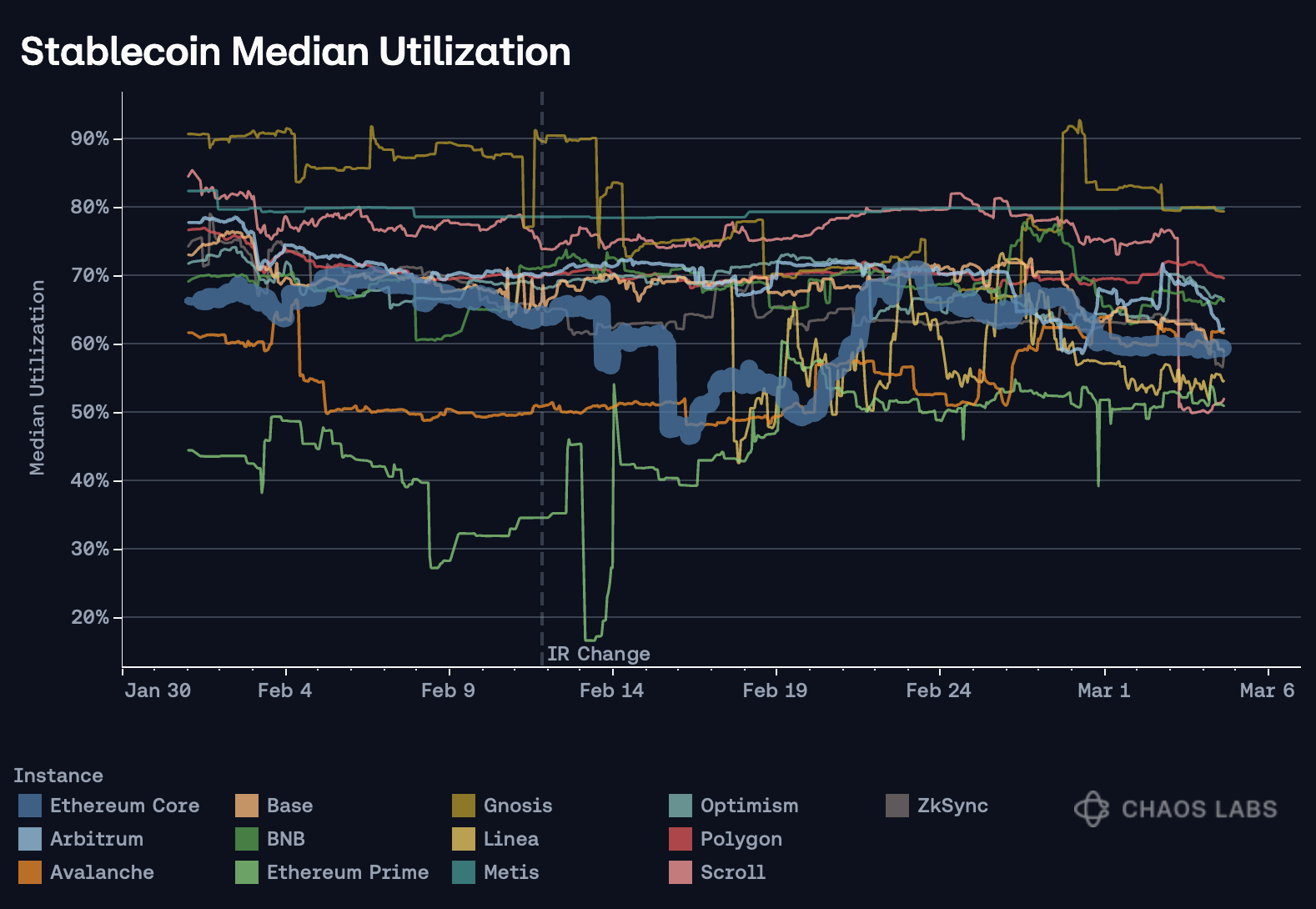
Dynamic Interest Rates: Lending platforms can assign interest rates dynamically based on a borrower’s on-chain credit profile, rewarding responsible behavior and reducing costs for low-risk users.
-
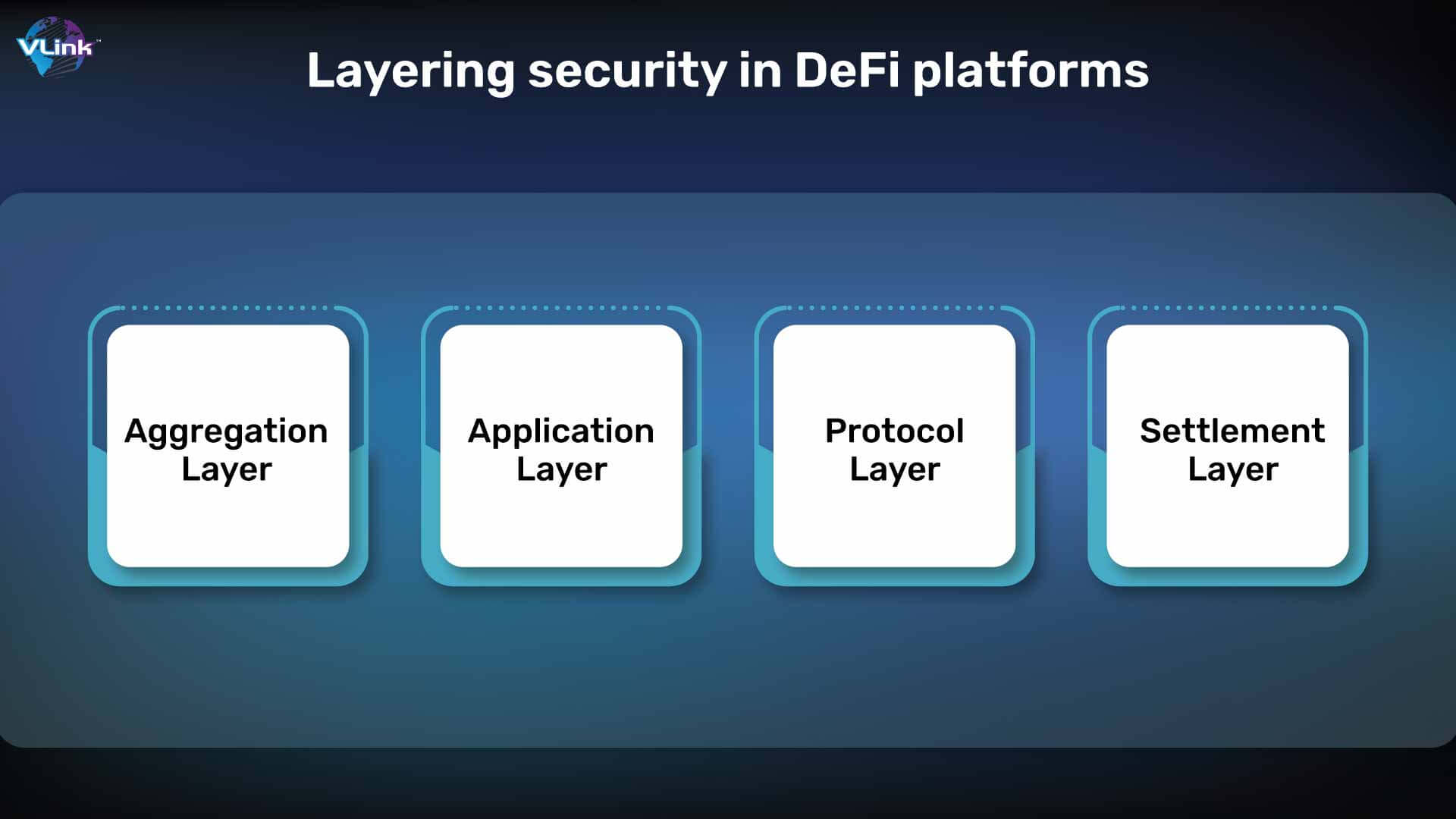
Potential for Unsecured Lending: As on-chain credit scoring matures, DeFi protocols can support unsecured or under-collateralized loans, further democratizing access to credit while maintaining risk controls.
The convergence of transparent analytics, privacy-preserving technology, and composable reputation systems marks a pivotal step toward resilient decentralized finance. For stakeholders across the spectrum, from protocol designers to individual users, the imperative is clear: embrace rigorous blockchain-based risk management tools or risk falling behind as DeFi evolves into its next chapter.
